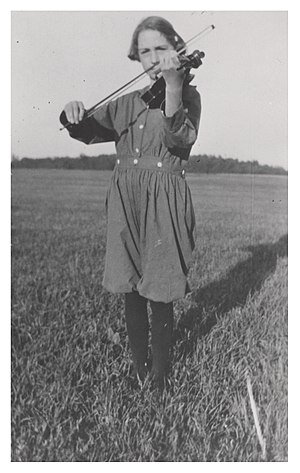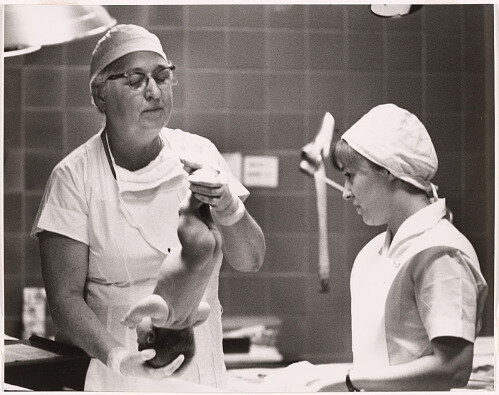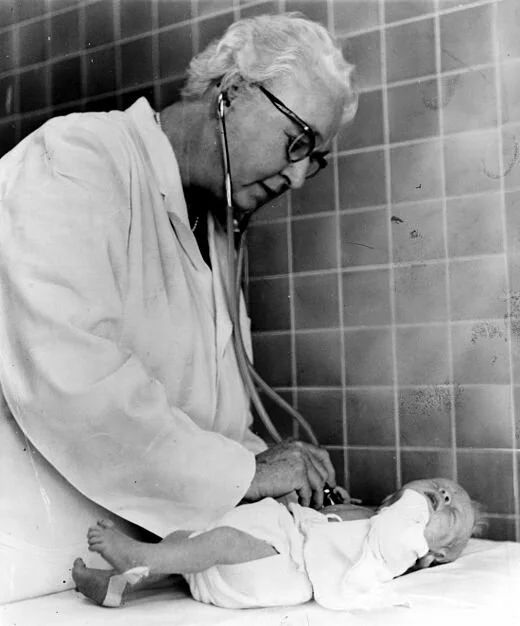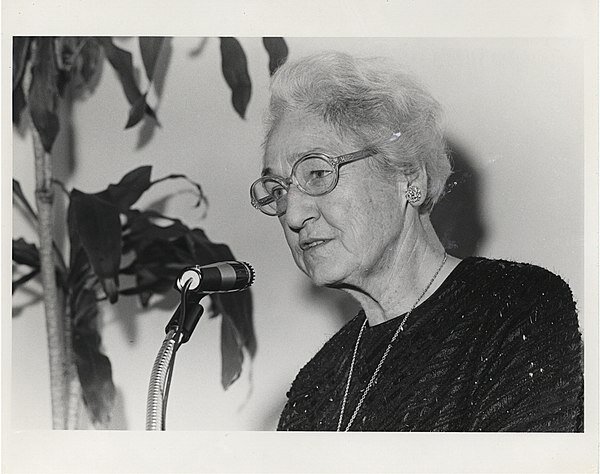Women's History Month: Virginia Apgar
Virginia Apgar was an American physician and anesthesiologist who developed the Apgar Score System, a way of evaluating a newborn’s health shortly after birth.
Apgar was born in 1909 in New Jersey. As a child, one of her brothers died early from tuberculosis and another brother had a chronic illness which led to her interest in becoming a physician. Through the help of many scholarships, Apgar attended and graduated from Mt. Holyoke College in 1929 with a degree in zoology. Apgar went on to attend the College of Physicians and Surgeons at Columbia University where she graduated fourth in her class in 1933.
After a surgical internship at Columbia-Presbyterian Medical Center, Apgar was discouraged from continuing with surgery by the chairman of the department, Allen Whipple. He told her he had seen many women fail to become surgeons and didn’t want her talent squandered. Instead, Whipple pointed her in the direction of anesthesia, which was a relatively new specialty having previously only been handed only by nurses. Apgar heeded his advice and pursued a career in anesthesiology and became the first female board-certified anesthesiologist in 1937.
In 1938, Apgar returned to Columbia-Presbyterian and started their anesthesia department and became its director. Despite this, she had trouble recruiting physicians to work for her. Surgeons did not accept anesthesiologists as equals, and Apgar was the only staff member until the mid-1940s.
During this time, she became interested in obstetrical anesthesia and why the infant mortality rate for the U.S. was decreasing but the number of infant deaths within the first 24 hours after birth remained the same. Apgar began documenting trends that could distinguish healthy newborns from newborns in trouble which led to the development of the Apgar Score. This was the first standardized method for evaluating the newborn's transition to life outside the womb. Each newborn is given a score of 0, 1 or 2 (a score of 2 meaning the newborn is in optimal condition, 0 being in distress) in each of the following categories: heart rate, respiration, color, muscle tone and reflex irritability. Additionally, during this time Apgar was able to determine that giving cyclopropane anesthesia to the mother was likely to result in an infant's low Apgar Score.
The Apgar Score was published in 1953 and by the 1960s it was being widely used in hospitals across the U.S. The Apgar Score is still used today to provide an accepted and convenient method for reporting the status of infants after birth.
In 1959, Apgar left Columbia, earned a Master of Public Health from Johns Hopkins, and began working for the March of Dimes Foundation. Apgar became a strong advocate for premature birth prevention and traveled across the country to speak about the importance of early detection of birth defects and the need for more research in this area.
Apgar died on August 7, 1974.
Sources:
https://en.wikipedia.org/wiki/Virginia_Apgar
https://profiles.nlm.nih.gov/spotlight/cp/feature/biographical-overview
https://cfmedicine.nlm.nih.gov/physicians/biography_12.html
https://www.britannica.com/biography/Virginia-Apgar





